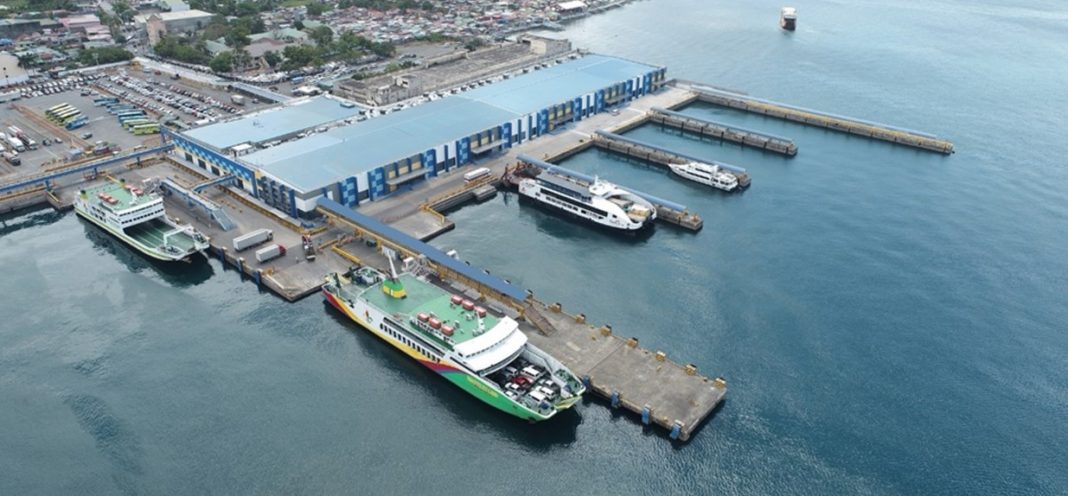This story begins with the electrification of the internal terminal vehicles (ITVs) of Asian Terminals Inc. (ATI) at Manila South Harbor. The move, a first in the country for a fleet deployment, is more than just a procurement story. It is a stamp of support for the Philippines’ national decarbonization agenda and demonstrates how the private sector can lead the charge.
While the eITVs themselves are a crucial first step, this action should catalyze a more ambitious conversation: The future of Philippine logistics is not just about electrifying fleet, but about transforming our ports into self-sufficient, renewable energy hubs that drive the nation’s green transition.
Ports are power hungry and therefore fossil-fuel thirsty. A World Bank study reveals that shipping and seaports account for 3 percent of global greenhouse gas emissions. This includes ships at berth, diesel emissions from trucks, transporters and forklifts. Various reports reveal that the industry is looking for efficiency improvements that are also sustainable. The idea of ‘green ports’ is increasingly gaining traction.
Electrifying fleet
The Philippine government has set an ambitious target of a 75% reduction in greenhouse gas emissions by 2030 as part of its Nationally Determined Contribution (NDC). Much of the policy discussion has centered on public transport, such as modernizing jeepneys and expanding rail networks.
ATI’s deployment of a full fleet of eITVs provides a crucial, high-profile blueprint for the often-overlooked logistics and maritime sectors. By acting decisively, ATI is not just following government policy; it is proving that a complete shift to electric fleets is not a long-term aspiration but an achievable goal today.
This isn’t an isolated purchase. It is a strategic move, part of a larger $100 million modernization plan by ATI and its global partner, DP World. The investment in charging infrastructure and the commitment to a fully decarbonized landside fleet by 2030 signals a serious, holistic approach.
The fact that Manila South Harbor already sources 95% of its power from renewable sources ensures these eITVs are operating in a truly clean energy loop, avoiding the common pitfall of simply shifting emissions from tailpipes to power plants.
Green ports
Now, the logistics sector must go further.
Given their unique characteristics, Philippine ports are perfectly positioned to be more than just users of clean energy; they can be producers. With their expansive rooftops and vast open spaces, ports are ideal locations for large-scale solar panel installations. Similarly, their coastal locations provide prime exposure to wind. The private sector, which has already shown its leadership in electrifying fleets, should now invest in on-site renewable energy generation to power their own operations and contribute to a more resilient national grid.
This strategic vision takes on even greater significance when considering the country’s offshore wind potential. A World Bank study estimates the Philippines has over 21 gigawatts of offshore wind potential with a high-capacity factor. Building the offshore windmills requires port refurbishing which is another story.
Developing this requires robust, well-located infrastructure for assembly, storage, and maintenance. Ports are the logical nexus for this burgeoning industry. The logistics sector has the opportunity to partner with the government and energy developers to transform our ports into crucial support hubs for the Philippines’ future offshore wind farms.
Decarbonizing the logistics sector is not just a regulatory obligation; it’s a strategic business decision. By investing in electric fleets and renewable energy generation, port operators can enhance operational efficiency, reduce long-term fuel costs, and attract an increasingly environmentally conscious global market.
ATI’s bold move provides the proof of concept. It is now up to the rest of the industry, with the continued support of the PPA, to follow suit and transform our ports from simple gateways of trade into powerful engines of a clean energy future.




